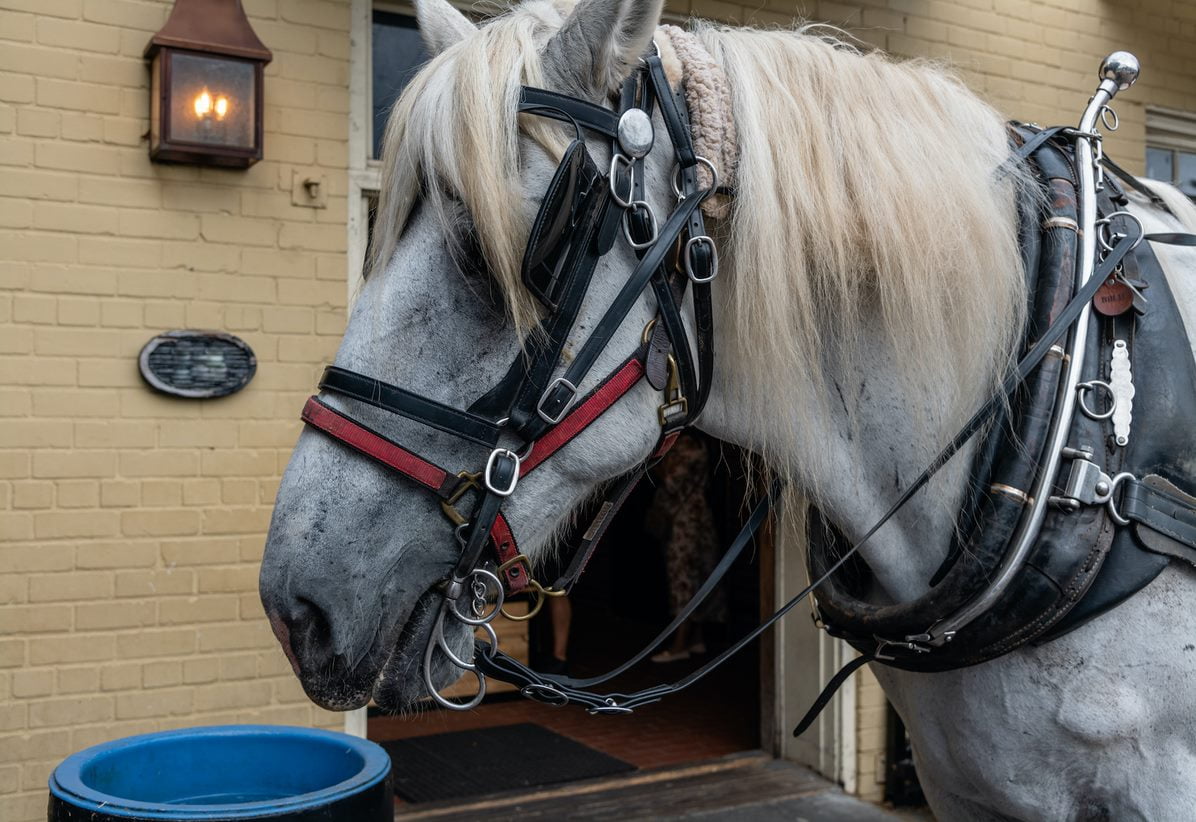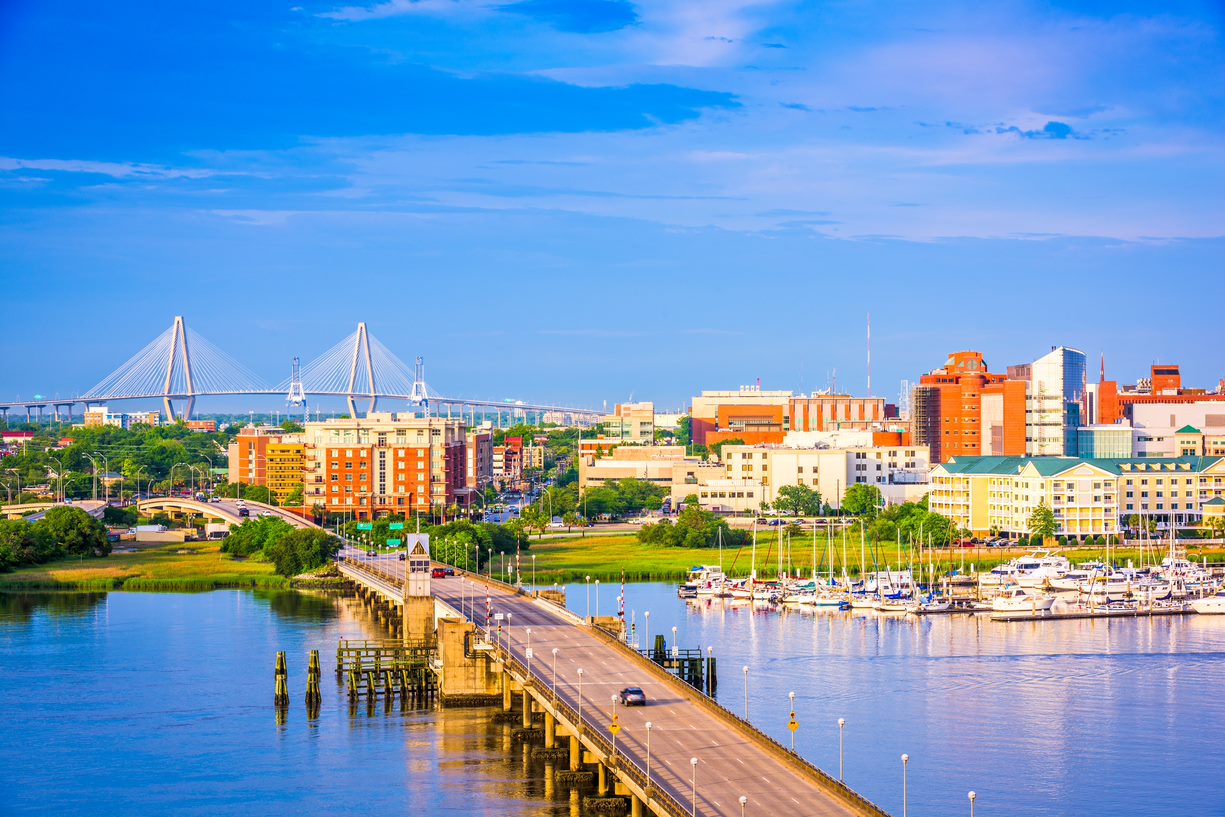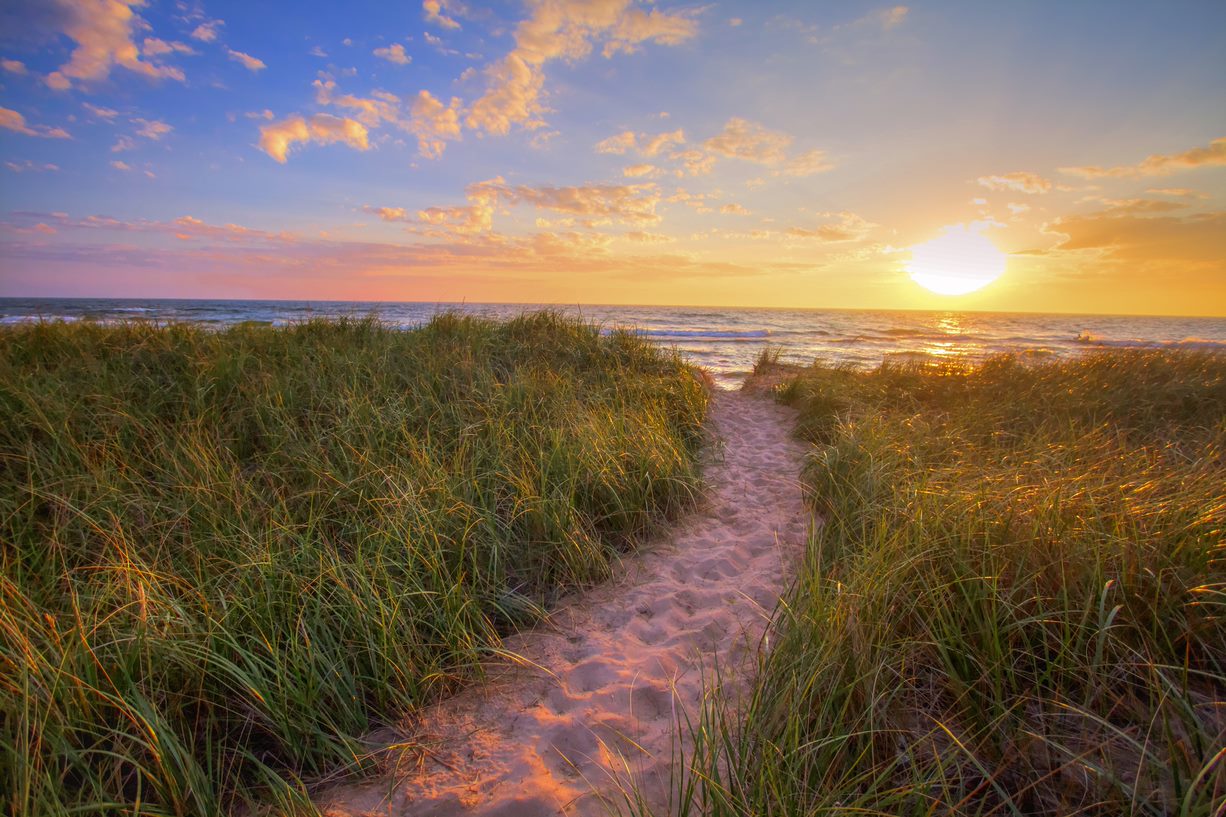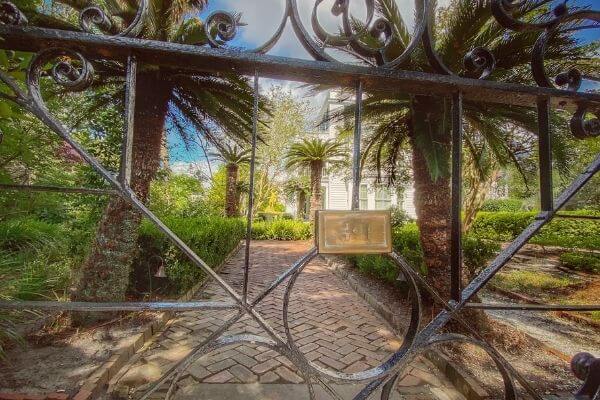Discover why Charleston is one of the best places to visit and live not only because of its stunning architecture and vibrant culinary scene but because of its comfortable, year-round weather. Because the climate is different from other places in the state, we have created a comprehensive Charleston, SC, climate guide.
Warm, breezy summer days give way to mild winters perfect for strolling the historic, cobblestone, alleys. You can truly enjoy every season here in Charleston. Discover everything you need to know about Charleston and find your home away from home today by signing up for our free Sea Islands Guide.
Charleston, SC, Climate Details
An Overview
Located on the Southeastern coast, Charleston has a subtropical climate. You can expect hot and sultry summers along with mild winters. Because of the city’s subtropical location off of the Atlantic Coast, humidity is relatively high with averages ranging from 50% to 65% throughout the year.
When it comes to the weather, temperatures in the summer average in the high 80s while lows in the winter average around 40 degrees. Although summers are hot, you will find plenty of ways to cool off on Charleston’s many waterways. In addition, because snow is a rare occurrence, you can look forward to enjoying your favorite outdoor activities (like golf, fishing, and gardening) throughout the four seasons.
Charleston, SC Weather by Month
Spring | March, April, and May
Due to spring’s beautiful weather, it is one of the most popular times of the year to visit. The trees and flowers begin blooming in March with colorful azaleas and dogwoods at every turn. You can expect average temperatures that range from 51 degrees to 66 degrees in March.
The Charleston SC climate begins to warm in April with temperatures ranging from 59 to 73 degrees. In May, you can look forward to ideal beach weather with temperatures that average 67 in the mornings and 79 in the afternoons.
The most popular activities of the season include strawberry picking at Boone Hall Farms, exploring the gardens of Charleston’s many plantations, and the highly anticipated Cooper River Bridge Run.
Summer | June, July, and August
Summer is the hottest time of year for families to visit. School is out, and there are fewer crowds downtown as compared to spring. The temperatures are consistent from June through August. During this time, you can expect average highs in the upper 80s and lows in the upper 70s.
Because of Charleston’s subtropical climate, afternoon thunderstorms are fairly common, but they pass through quickly. Due to coastal breezes, Charleston’s beach towns, such as Kiawah and Seabrook Islands, are generally a few degrees cooler than inland. The pristine beaches and surrounding waterways of these islands are great places to relax and cool down.
Fall | September, October, and November
When it comes to tourism, fall is Downtown Charleston’s second peak season, and it is easy to understand why! Crisp air, warm afternoons, chilled mornings, and sunny days are the highlights of the season. In September, the average highs are 83 degrees.
Horse-drawn carriage tours, the Fall Tours of Homes and Gardens, and the annual Turkey Trot are some of our favorite fall activities! And, as summer crowds clear out, it is the perfect season to enjoy long walks and relaxing days on the beach.
*Check ahead for event cancellations due to COVID-19.
Winter | December, January, and February
Winter is one of Charleston’s best-kept secrets. As the season arrives, camellias bloom throughout the Lowcountry and historic homes are decorated with wreaths, ribbons, and vibrant poinsettias!
Snow is a rare occurrence in the Holy City, making it ideal for those who want to escape the snow on a holiday getaway. In December, January, and February, temperatures range between 40 and 60 degrees.
You won’t want to miss out on visiting Charleston’s year-round Christmas store, shopping at the Charleston City Market, holiday events, and new year celebrations during the winter.
Rain & Sunshine
Charleston surpasses the national average in both rainfall and sunshine. The city's annual precipitation comes to roughly 48 inches compared to the standard 38 inches in the United States. However, there is also plenty of sunshine! Charleston boasts an average of 209 sunny days each year, while the United State’s average is 205.
Other Important Considerations
Another climate factor to be aware of is the possibility of hurricanes. Hurricane season runs from June through November each year. While they do occur, highly destructive storms are few and far between. In the event of a hurricane, local government and news outlets ensure that residents are prepared well ahead of time.
In addition, because much of Charleston is positioned below sea level, flooding is another important aspect to take into consideration. If you are unfamiliar with flooding areas, this is where a trained real estate agent can help. At Pam Harrington Exclusives, our highly trained real estate agents are familiar with the many neighborhoods and communities of the South Carolina Lowcountry.
Live in Charleston
With mild temperatures, pristine beaches, and lower property taxes, Charleston is a top southern city. Residents enjoy a quality lifestyle found in few places.
It's no wonder most people who vacation here ultimately make Charleston their permanent residence!
If you love a vibrant, urban culture steeped in historic architecture, with world-class dining, sign up for our real estate alerts! We can't wait to welcome you to the #2 city in the world according to Conde Nast!






